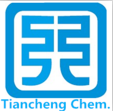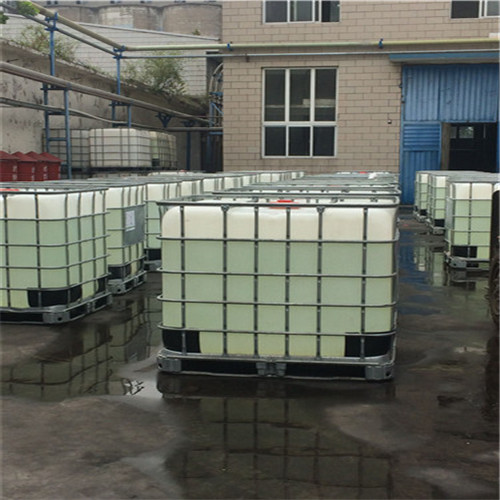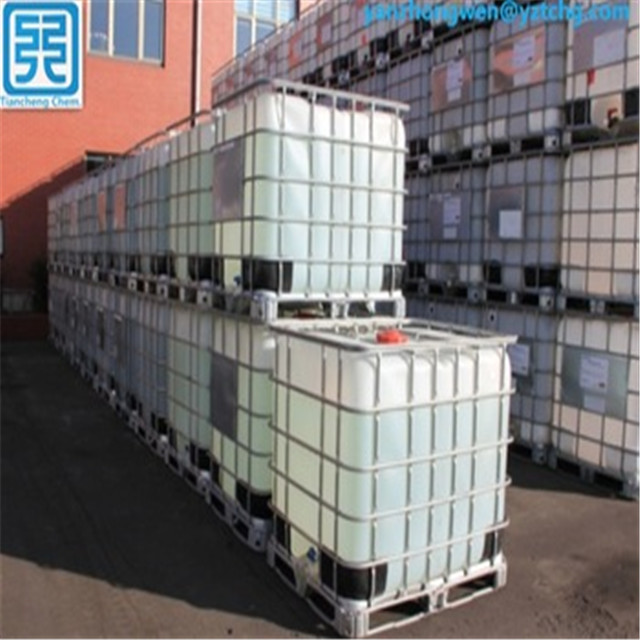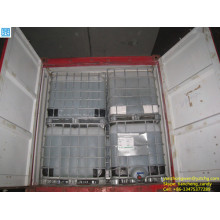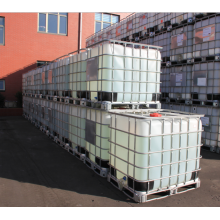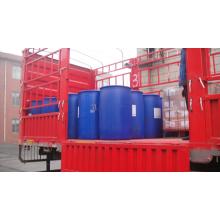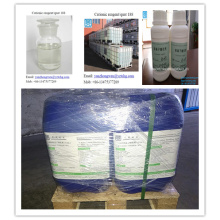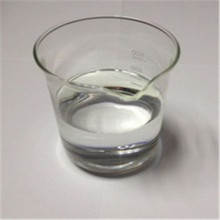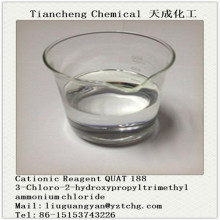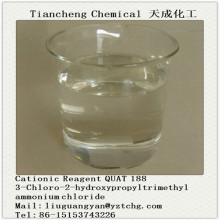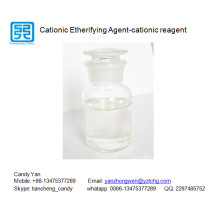Product Description
Cationic reagents are aqueous solutions of (3-chloro-2-hydroxypropyl)trimethyl- ammonium chloride. These cationic reagents are clear in color, and are odorless liquids. These products are completely miscible in water and largely insoluble in hydrocarbons. Typical active salt concentrations range from about 65–70%. In most commercial applications, these products are converted into epoxides through the addition of a strong base (NaOH). It is the epoxide that reacts with polymers such as starch.
Product Uses
Cationic reagents are used to modify natural and synthetic polymers into quaternary ammonium compounds. Quaternary ammonium compounds are cationic, meaning they carry a positive electrical charge. Cationic polymers are useful as dry-strength additives for paper, retention aids, flocculants, electro-conductive resins, asphalt emulsifiers, emollients, and surfactants.
Cationic Reagent is used in the following industries:
Paper – Quaternary-modified cationic starches are used as wet-end additives to increase dry
strength and also as binders for coatings.
Personal care – Cationic polymers enhance a product`s cling to hair or skin. They are used
in hair-conditioning formulations, and as emollients and humectants in creams.
Physical & Chemical data
Cationic reagent QUAT 188
Empirical formula C 6 H 15 Cl 2 NO
CAS.-No. 3327-22-8
EINECS-No. 222-048-3
Molecular weight 188.10 g/mol
Appearance colorless to slightly yellow, clear liquid
Odor practically odorless
Density (20 °C)
65 wt% : 1.16 g/cm³
69 wt% : 1.17 g/cm³
Flash point (Abel-Pensky) > 200 °C (>392 °F)
Vapor pressure (20 °C) 1.5 kPa (15 mbar)*
Viscosity (20 °C)
65 wt% : approx. 20 mPas
69 wt% : approx. 40 mPas
Miscibility
miscible with water and lower alcohols, non-miscible with
hydrocarbons and chlorinated hydrocarbons
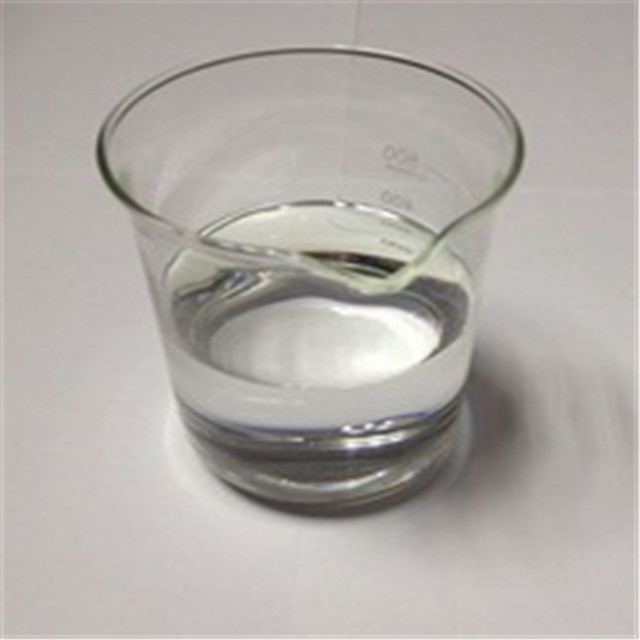
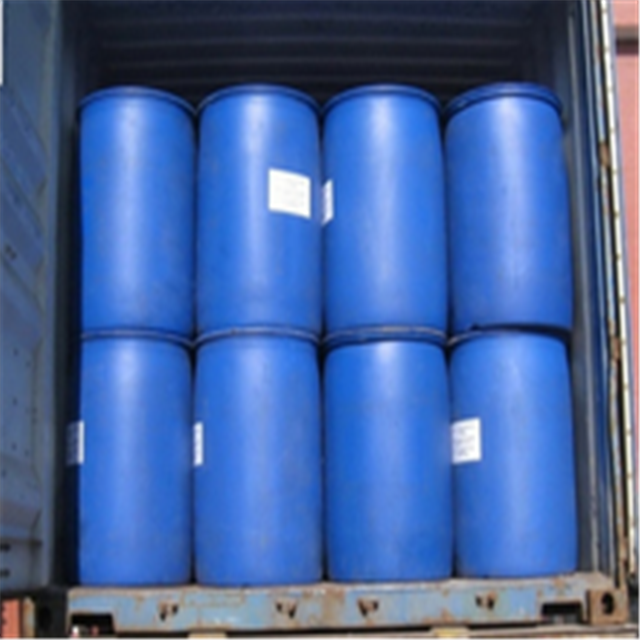
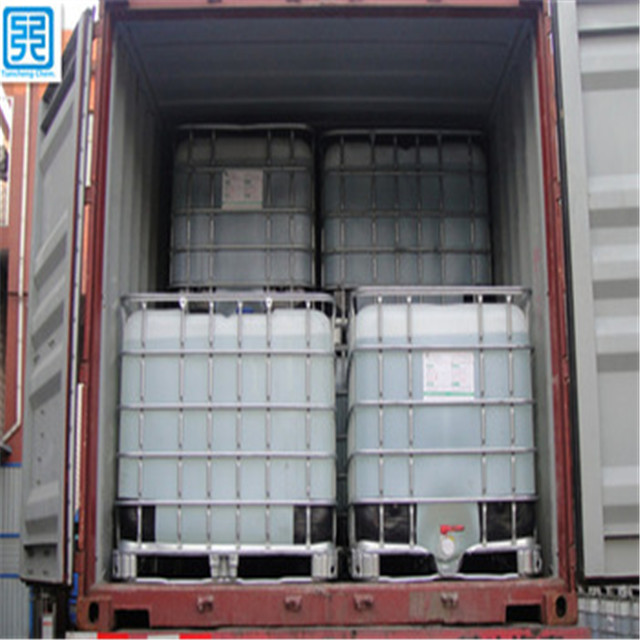
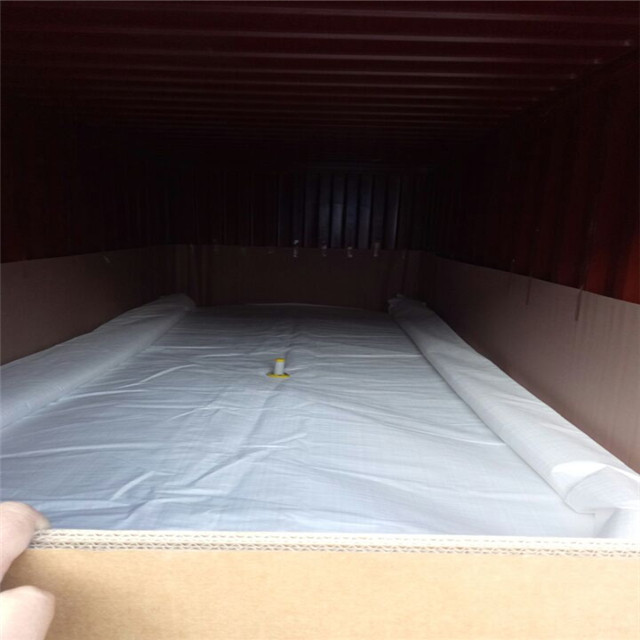
Product Categories : Paper Making Auxiliary Series > 3-Chloro-2-hydroxypropyltrimethyl Ammonium Chloride
